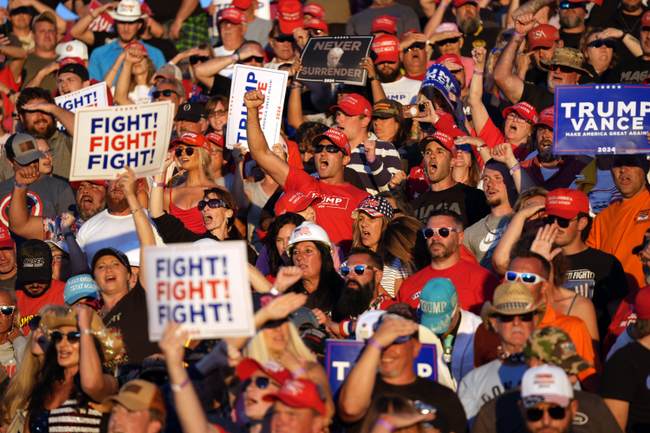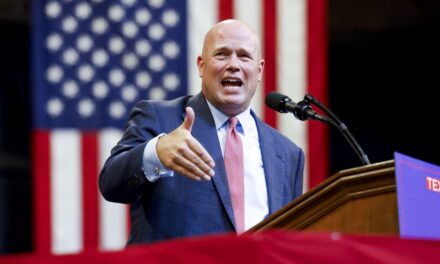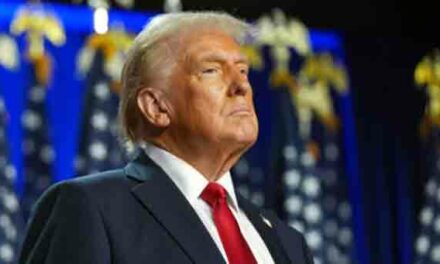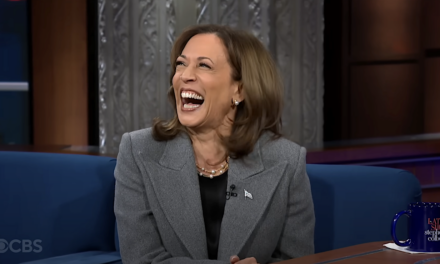We support our Publishers and Content Creators. You can view this story on their website by CLICKING HERE.

I recently wrote that the 2024 election won’t be that close. Part of my thinking was that pollsters have yet to solve their “Trump problem.”
The pollsters have tried different methodologies, different algorithms. and different ways to contact voters, all seeking to address the “missing Trump voters” that fail to show up in their polls but end up voting by election day.
Advertisement
Everyone has their own theory about how to measure Trump’s support but the bottom line is that we won’t know how successful or unsuccessful the pollsters are until the voters are counted.
That’s going to take a while, considering all the legal challenges from both sides that will be made.
“There are fundamentals in question that no one can answer until Election Day,” said pollster Frank Luntz.
But we can get an idea of where Trump might stand by looking at polls from the 2016 and 2020 races.
In 2016, with three weeks to go before election day, Trump trailed Hillary Clinton by six percentage points. In 2020, he trailed Joe Biden by 10 points. In 2016, Trump still lost the popular vote by about 2% but won Pennsylvania, Wisconsin, and Michigan by 60,000 votes and won the presidency. In 2020, he lost the popular vote by less than 5% but lost the same three states in the Electoral College by about 80,000 votes.
That’s how badly the pollsters are measuring Trump support.
Larry Sabato, the University of Virginia Center for Politics Director and a crackerjack pollster of long standing, Sabato says he has “spoken with numerous pollsters who have attempted to refine their methods, but they still don’t know if they’ve fully solved the issue of polling accuracy,” according to the Daily Caller.
Advertisement
“They’re very fragile instruments. And even a really good polling organization is going to have an outlier that’s unrepresentative every now and then, for statistical reasons only. So you have to look at the entire universe of data that’s available to you. Now, once you do that, I think you can reasonably conclude two things,” Sabato said. “One is that the better pollsters, the ones who are willing to spend money to do their job better and not be embarrassed after election day, have tried to improve their polling to take into account people who were hiding from the pollsters, who favored Donald Trump disproportionately in 2016 and 2020.”
“And that’s a good thing. Here’s the bad news, ’cause I’ve talked to many of the pollsters about this. They have no idea if it’s going to work this time either,” he added.
Democrats are trying to claim that they have the “hidden vote” this time around.
Simon Rosenberg, a Democratic strategist who studies data, said pollsters have corrected previous methodology errors. He also noted that Republican candidates for the U.S. House and Senate underperformed polls in the 2022 midterm elections, and that Trump himself underperformed polling in this year’s Republican presidential primaries.
Harris and the Democrats are just as likely to have the hidden vote this time around, he said.
“The election is really close,” Rosenberg said. “Everything is in the margin of error … But because we have meaningful financial and ground advantages, we are still more likely to pull it out.”
Advertisement
I’m sure Hillary Clinton believed the exact same thing.

 Conservative
Conservative  Search
Search Trending
Trending Current News
Current News 




